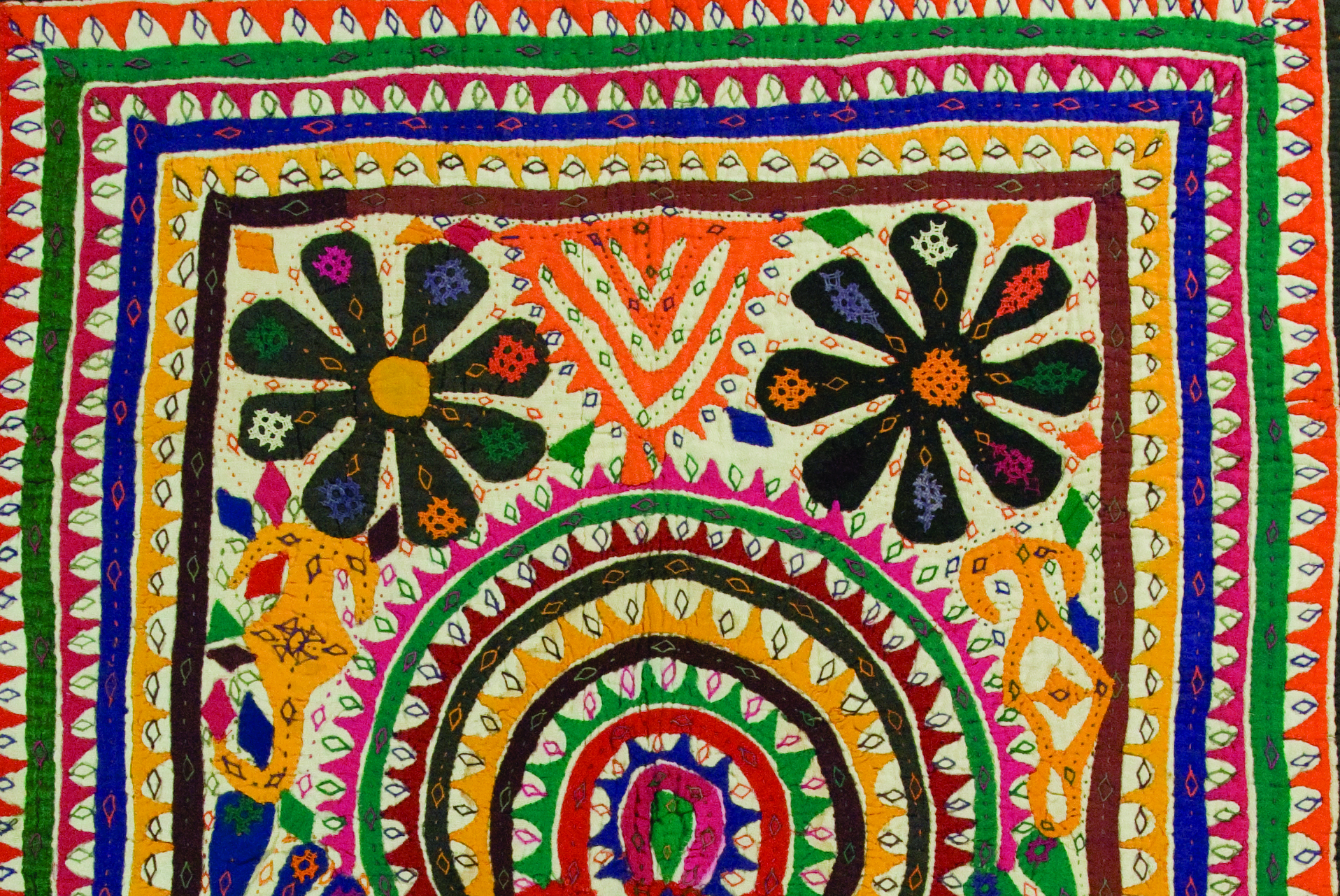
Expanding the Collection
Dec 6, 2013-Aug 31, 2014
Recent Acquisitions

Collecting is one of the most popular American pastimes. People love to acquire groups of related items, searching out rare and mint examples in pursuit of the elusive goal of assembling a comprehensive and premier collection.
Almost every type of object has its devotees. An Internet search for “collecting in America” reveals websites dedicated to candy containers, beer cans, road maps, and spark plugs, as well as traditional domains of fine art, stamps, and coins. Quilts, too, are another popular collecting area.
In some ways, collecting at a museum is similar to collecting at home. Finding unique and well-crafted items is a goal, as is obtaining examples representative of a certain style or era. Condition and the history of an object—its provenance—are also important.
But museums often have a broader focus than what is practical for private collectors. For instance, here at the International Quilt Museum, we aim to represent quiltmaking and related traditions from all eras and parts of the world. For our curators, this means searching out everything from 16th-century Mediterranean whole-cloth quilts to 21st-century Modern Quilt Guild quilts.
We are always adding to our already outstanding collection of antique American quilts, but recently we’ve had special focus on studio quilts—quilts made by artists to be hung on the wall—and non-Western quilts—pieces from places like India, Pakistan, China, Japan, and Central Asia. Take a look around and see how we’ve been “Expanding the Collection.